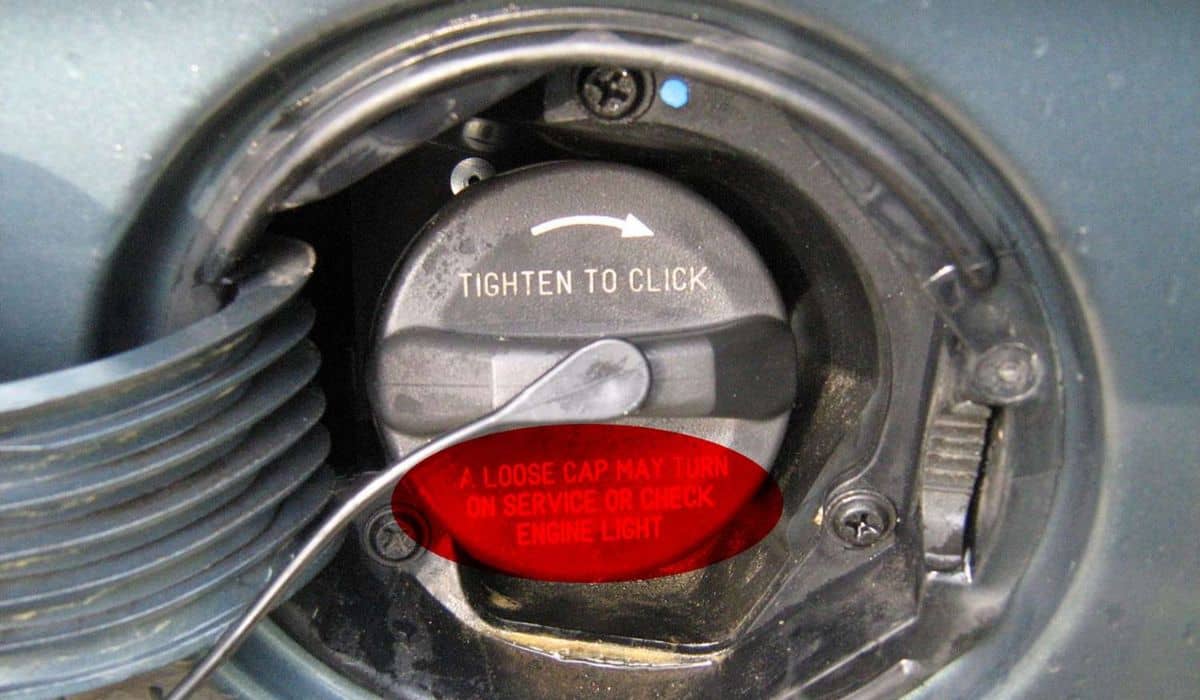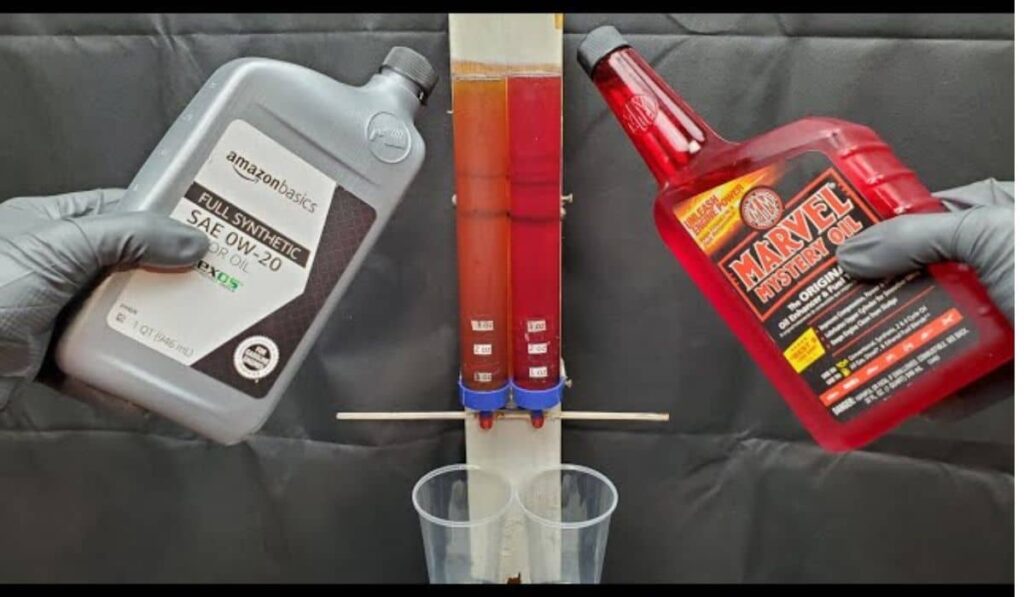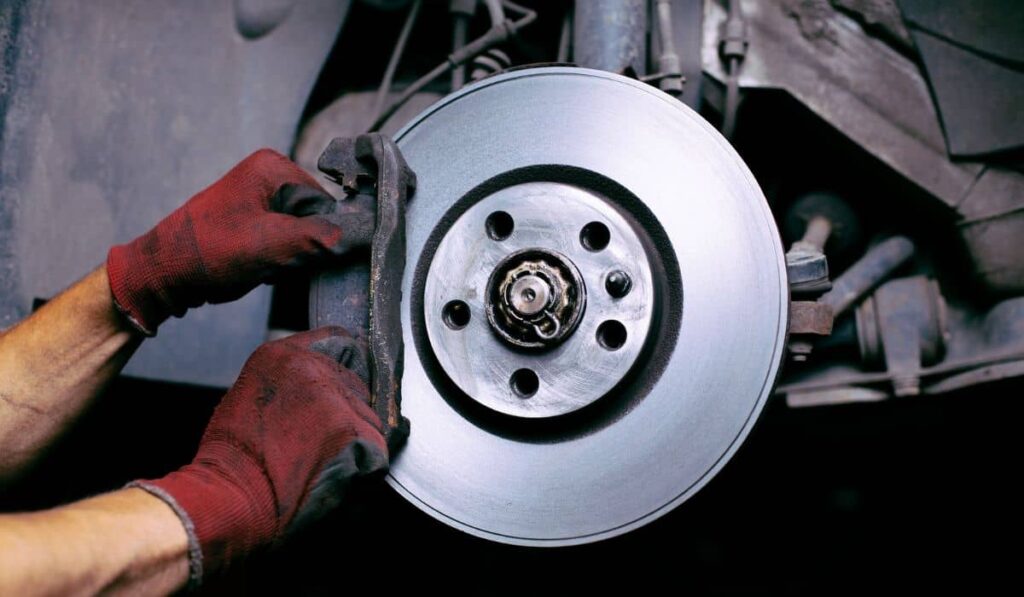The EVAP system is important in vehicles to reduce emissions. It captures and stores fuel vapours before releasing them into the atmosphere.
The components include fuel tank, charcoal canister, purge valve, hoses, and valves. The EVAP system is important for reducing pollution and keeping the vehicle running well.
What is an EVAP leak?
An Evaporative Emission System Leak happens when fuel vapours escape due to an unintended gap in the EVAP system. This can occur for various reasons, like a loose or damaged fuel cap, a cracked hose, or a faulty valve.
When a vehicle’s onboard diagnostics system detects a leak, it activates the “Evaporative Emission System Leak Detected” warning light on the dashboard.
Causes of Evaporative Emission System Leaks
Common causes of EVAP system leaks in vehicles include:
· Damaged seals or hoses :
Leak in the EVAP system is often caused by damaged or cracked seals and hoses connecting different parts. Rubber materials in seals and hoses can deteriorate over time from exposure to the environment, causing leaks.
· Faulty gas cap :
The gas cap seals and is part of the EVAP system. A loose, damaged, or missing petrol cap can cause vapours to leak, increasing emissions and reducing fuel economy.
· Defective Canister :
The EVAP system has a charcoal-filled canister that stores fuel vapours from the tank. Over time, the canister can crack or get damaged, causing leaks in the EVAP system.
· Malfunctioning. Purge valves :
Purge valves regulate fuel vapour flow from canister to engine. Stuck open valves can cause EVAP system leaks, disrupting fuel and air balance in the engine.
· Failed vent control valve :
The vent control valve lets fresh air in the EVAP canister and purges fuel vapours into the engine. A failure or blockage can cause pressure to build up, resulting in a leak.
Symptoms of an Evaporative Emission System Leak
Spotting problems early on begins with understanding the signs to watch for. Common signs of a leaking EVAP system include:
· The check engine light turning on is usually the first sign of an EVAP leak. Your car’s diagnostic system can find an EVAP system leak and turn on the check engine light. If you see this light, get your vehicle inspected by a professional.
· If you smell fuel when your car is running or right after turning it off, it could mean there’s an EVAP leak. The strong fuel smell comes from fuel vapours escaping into the air.
· An EVAP leak can lower your vehicle’s performance. This could result in slower response, less power, or lower fuel efficiency.
· If there’s an EVAP leak, your vehicle may hesitate or have trouble starting due to a disrupted vapour purge flow. This occurs due to an air-fuel ratio imbalance in the vehicle.
· A leak in the EVAP system can make your vehicle fail an emissions test, which is important because many regions require regular testing.
How to diagnose an evaporative emission system leak
Diagnosing an evaporative emission system leak detected requires a systematic approach. First, visually inspect the EVAP system components for damage, cracks, or loose connections. Check the fuel cap for tightness and signs of wear or damage.
If no issues are found, a diagnostic scan tool can retrieve trouble codes from the vehicle’s onboard diagnostics system. These codes will give details on the leak’s location and severity. Mechanics often use smoke testing to find leaks. Smoke is introduced into the EVAP system to check for any signs of smoke escaping.
Fixing an Evap Emission System Leak
Fixing an Evaporative Emission System Leak depends on the cause and severity of the issue. Often, a loose or damaged fuel cap is the cause. Tightening or replacing it can fix the problem.
These steps are a general guide, but keep in mind that the process may vary depending on the specific vehicle. Consider taking your car to a professional mechanic for a detailed checkup if you lack experience in this area.
· Connect OBD-II Scanner. An OBD-II scanner reads trouble codes stored in your vehicle’s computer. EVAP leaks are indicated by codes P0440 to P0457.
· Inspect the EVAP system components, including fuel cap, lines, canister, purge valve, and vent valve. Check for visible damage such as holes, cracks, or loose connectors.
· A smoke test is the best way to find an EVAP leak. This test injects smoke into the EVAP system to locate any leaks. After finding the leak, you must decide whether to repair or replace the faulty part. The decision depends on factors like damage severity, part cost, and ease of replacement.
· It’s usually best to replace the damaged part. New parts usually provide a more lasting solution for issues like hoses, valves, or gas caps.
· After fixing the issue, reset the OBD-II codes using the scanner and redo the smoke test to confirm the leak is completely fixed.
· After the repair, the ‘Check Engine Light’ should turn off. If not, there could be other problems or the EVAP system leak may not have been completely resolved.
Preventing Emission System Leaks
To prevent EVAP system leaks, regularly maintain and inspect the system. Regularly check the fuel cap to ensure it is tightly sealed and in good condition.
Repair or replace damaged or cracked hoses promptly. Avoid overfilling the fuel tank to prevent excess pressure in the EVAP system and leaks. Proper fueling procedures, like not overfilling the tank, can prevent leaks.
Importance of Fixing Evaporative Emission System Leaks
Fixing emission system leaks is important for multiple reasons. It reduces harmful emissions in the environment. Fuel vapours contain VOCs that harm human health and contribute to air pollution.
Repairing leaks reduces pollutant release, improving air quality. Fixing leaks improves vehicle performance and efficiency. A working EVAP system captures and uses fuel vapours to improve fuel efficiency and reduce waste.
Effects of Evaporative Emission System Leaks on the Environment
A leak in the Evaporative Emission System can harm the environment. Fuel vapours pollute the air, causing smog and worsening respiratory problems.
VOCs in fuel vapours contribute to global warming and climate change. By fixing leaks and reducing fuel vapours, we can help the environment and create a cleaner future.
Understanding the Evaporative Emission System Leak Detected is crucial for car owners and enthusiasts. Understanding the causes, symptoms, and diagnosis of EVAP system leaks helps us prevent and address these issues proactively.
To keep the EVAP system running smoothly and reduce emissions, make sure to regularly maintain, fuel correctly, and promptly repair it. Being mindful of leaks’ environmental impact helps create a cleaner, greener future.






